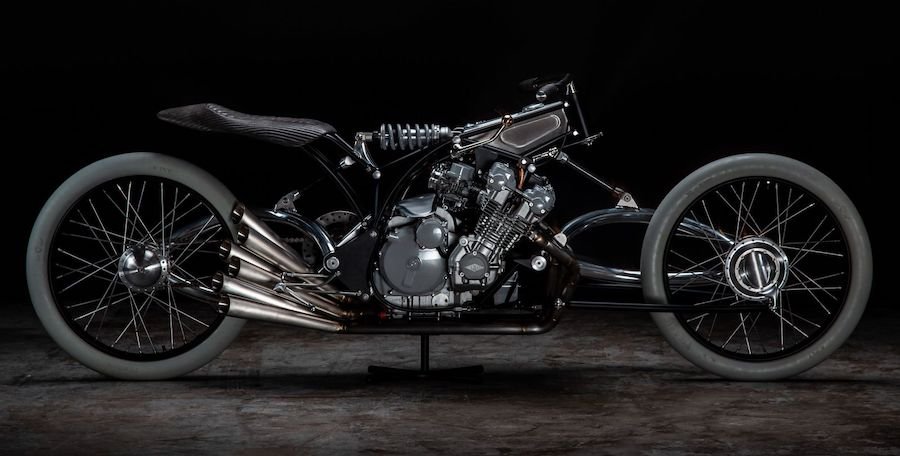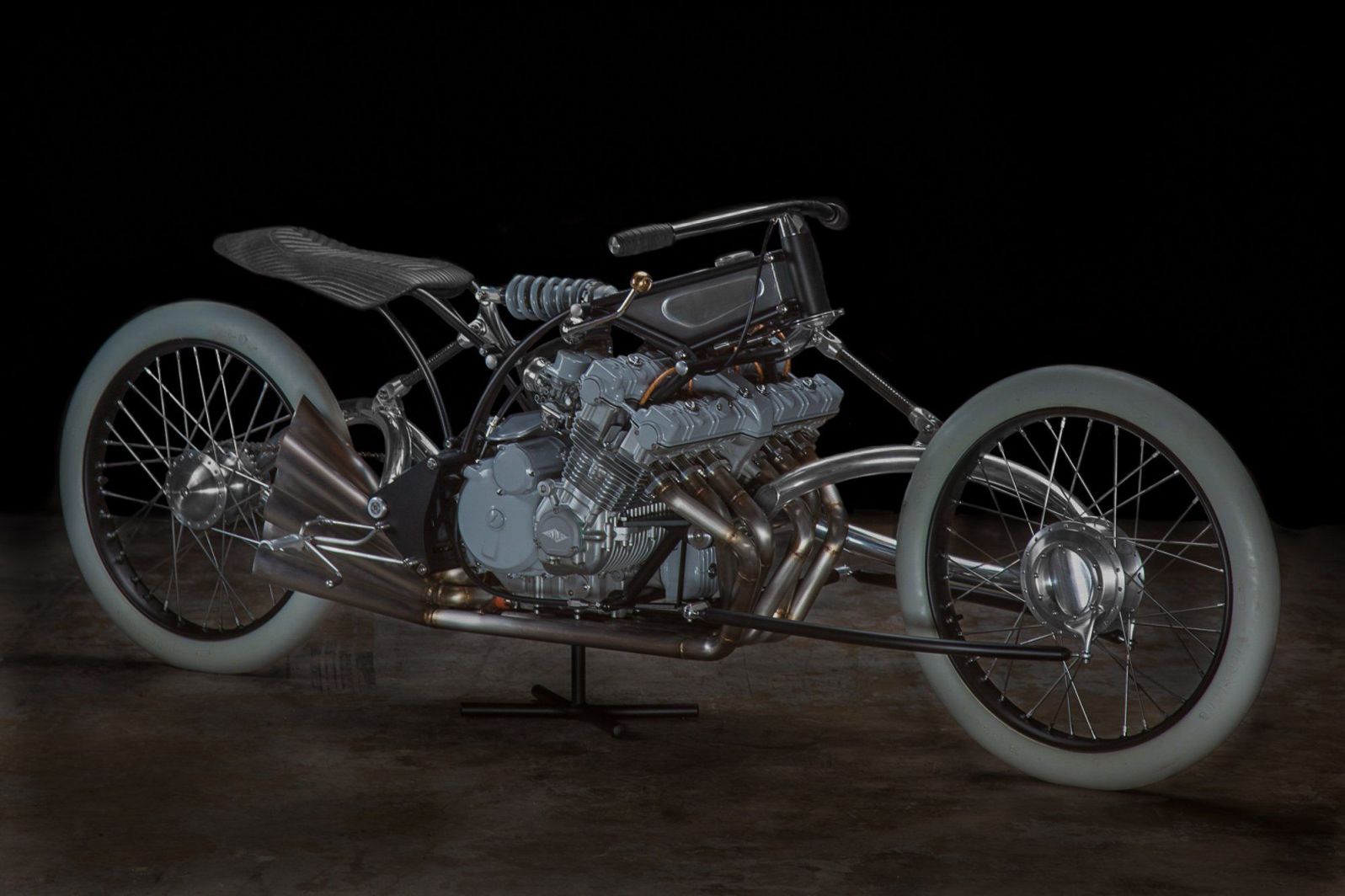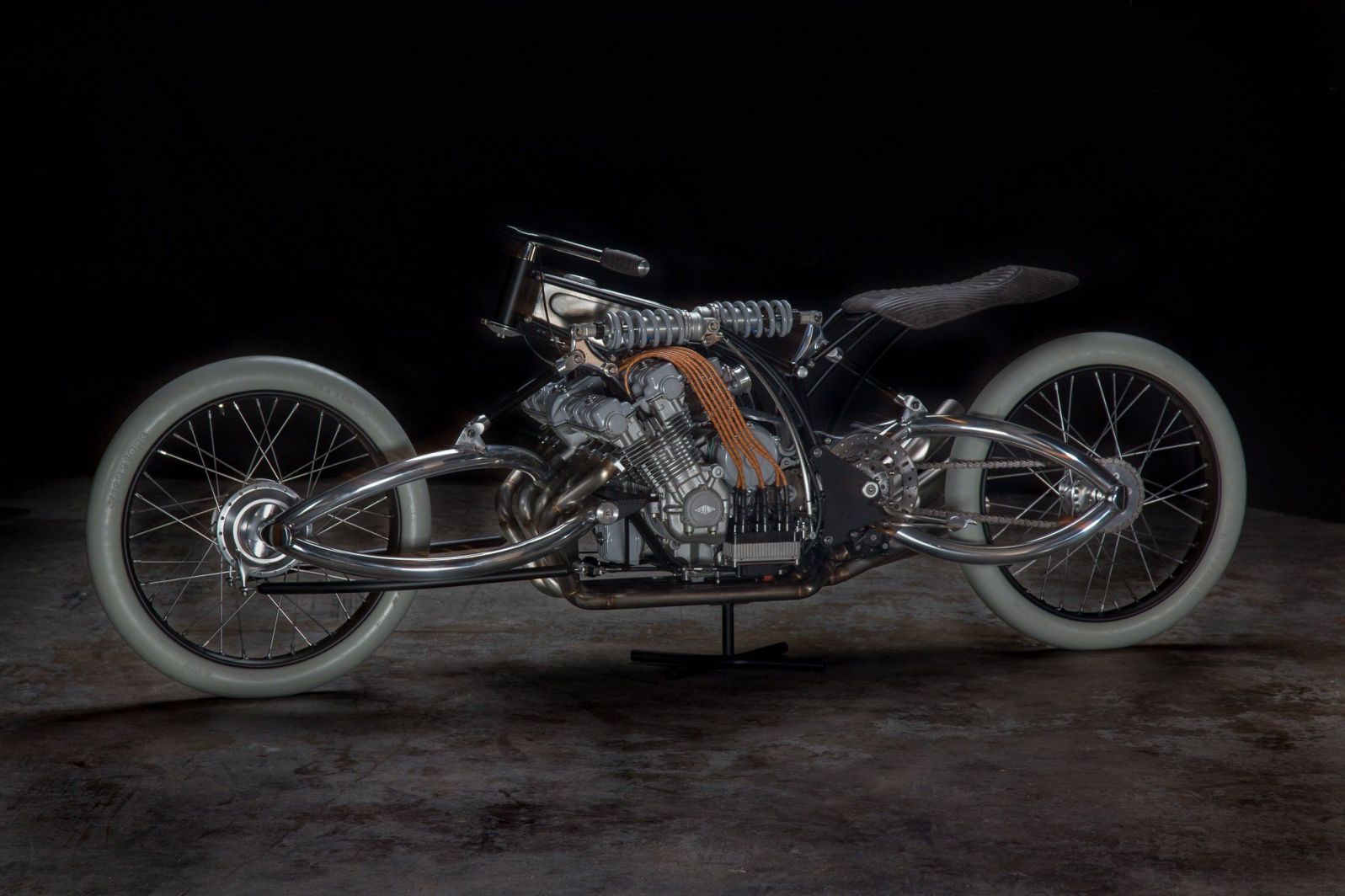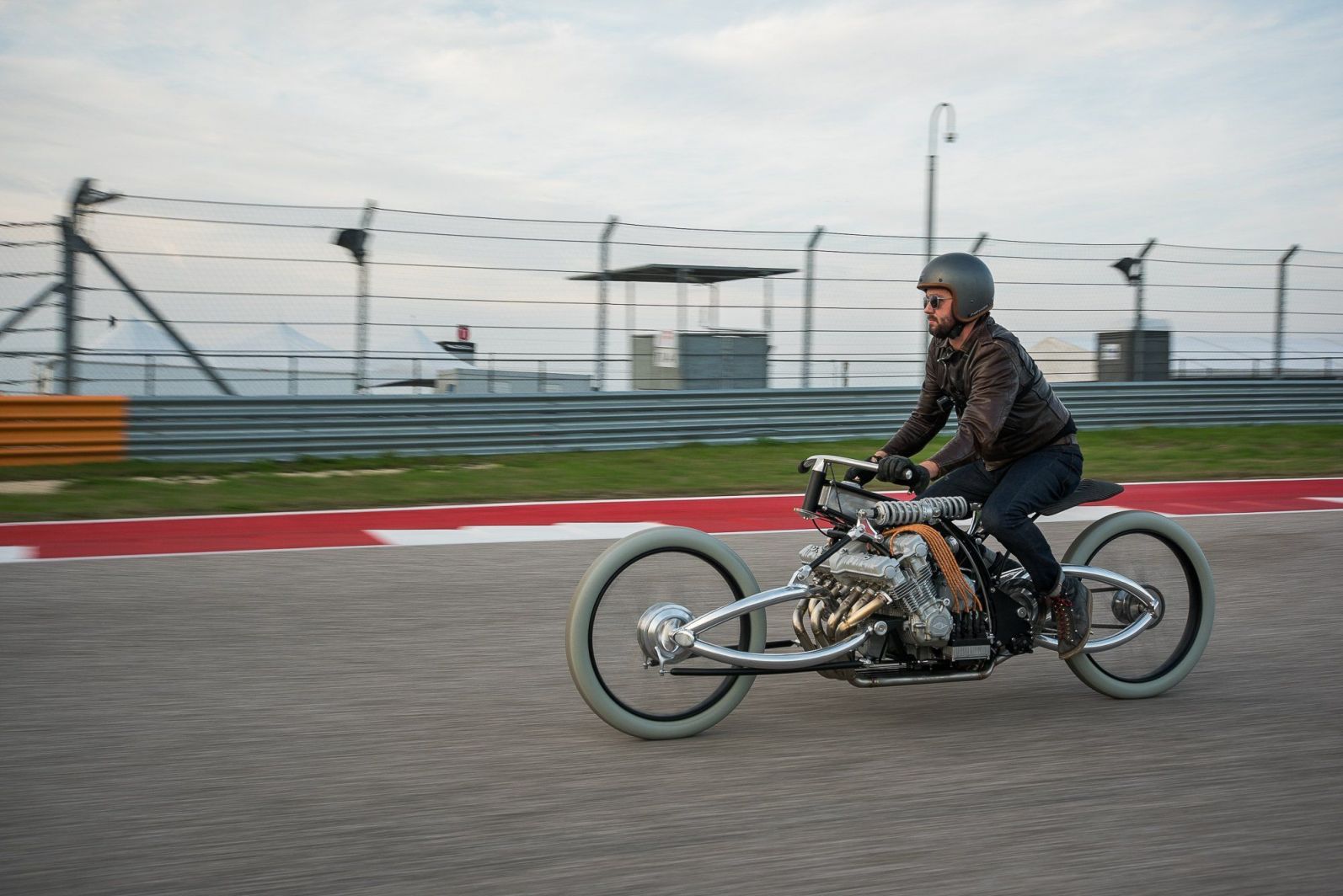Meet 'The Six': This Honda CBX-Powered Custom Gem Will Be Worth Admiring for Years to Come

Never satisfied with creating a run-of-the-mill project, Alan Stulberg's artisans are continuously trying to keep things fresh from one build to the next, and this has paid dividends. However, The Six is still one of the raddest machines they’ve built to this day.
It was the second commission received from the Haas Moto Museum of Dallas, Texas, and we could literally spend hours poring over all the details. As the main source of inspiration for this build, the client proposed Georges Roy’s Majestic – a spectacular art-deco gem introduced back in 1929. Of course, The Six is devoid of any bodywork unlike the Majestics of yore, but its stance is a clear nod to their anatomy.
First things first, Revival had to pick a solid powerplant to act as their starting point. They found what they needed on a Honda CBX1000, with the added benefit of an exhilarating six-cylinder soundtrack to spice everything up. The inline-six powerplant is a standout feature in and of itself, exhaling via a stainless-steel exhaust system that runs a six-into-six layout. All the silencers are neatly stacked on the right-hand side of the rear hoop.
Speaking of the motorcycle’s footgear, the guys sourced a massive pair of 28-inch wheels to match the engine’s hefty proportions, as well as the overall design language of the bike. Their skinny rims are enveloped in grey vintage-style rubber fore and aft – not the best in terms of grip, but an excellent choice for this specimen from a cosmetic standpoint.
Next up, the squad came up with functional front and rear swingarms, basing their designs on digital renderings. Steering is done via control arms, and suspension duties are assigned to Ohlins shock absorbers with tailor-made linkage systems. Then there’s the minimalistic framework holding everything together – yet another intricate structure built entirely from scratch.
Right behind the steering head and incredibly neat handlebar, you’ll find a boxy fuel tank whose capacity was nothing but an afterthought. We’re greeted by a stylish saddle further back, neatly suspended on a simple subframe that’s slender yet rigid. Gear changes are performed by way of a hand shifter, while the brakes and clutch are engaged via foot controls.
This allowed for the cockpit area to be kept incredibly tidy, with no dials, mirrors, or levers to speak of. The Six is also devoid of any lighting hardware, as the bare-bones aesthetic chosen by Revival left no room for any clutter. Of course, this is more of a show bike rather than something even remotely close to a practical motorcycle, but we’re sure it looks right at home in the Haas Moto Museum.



Related News


